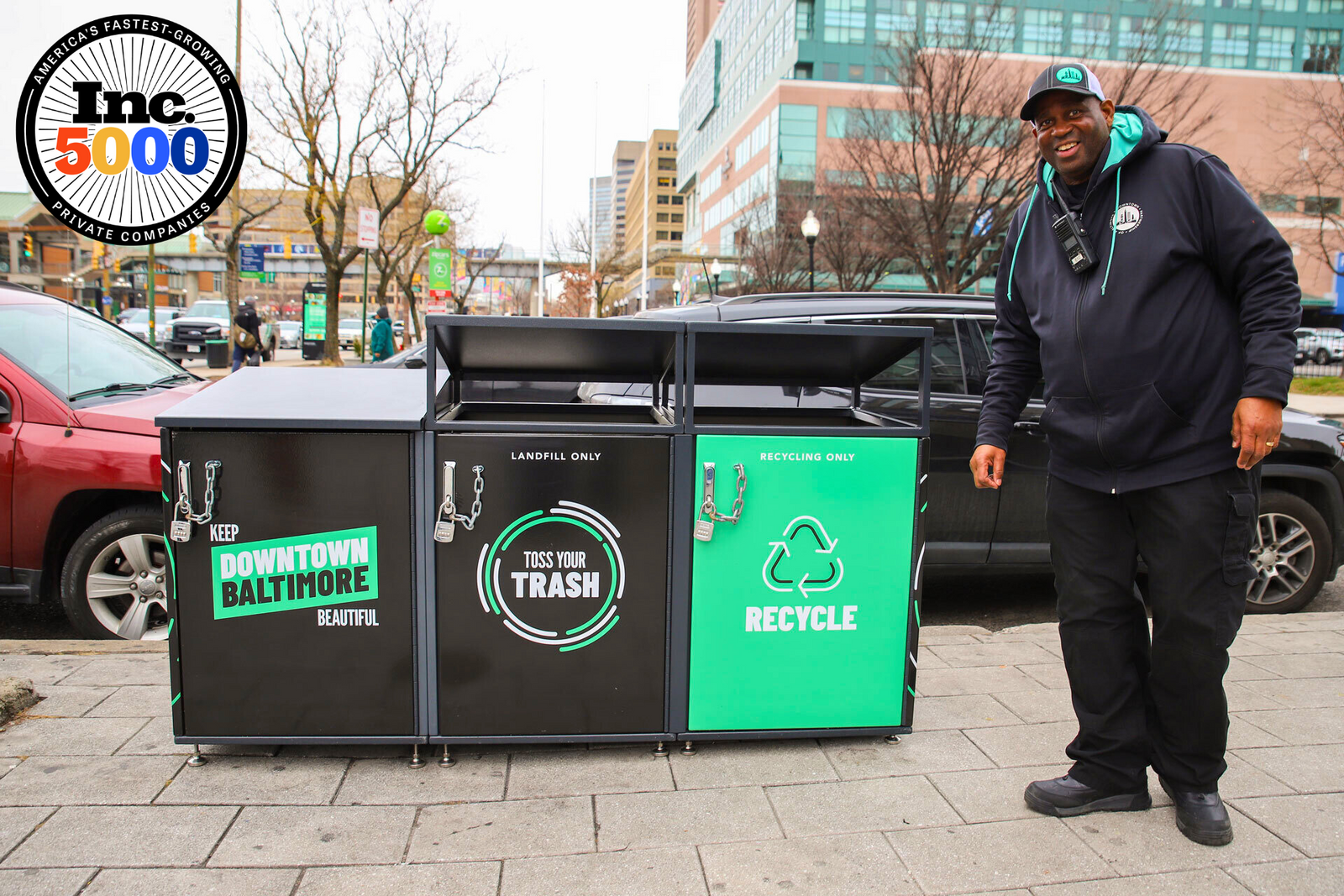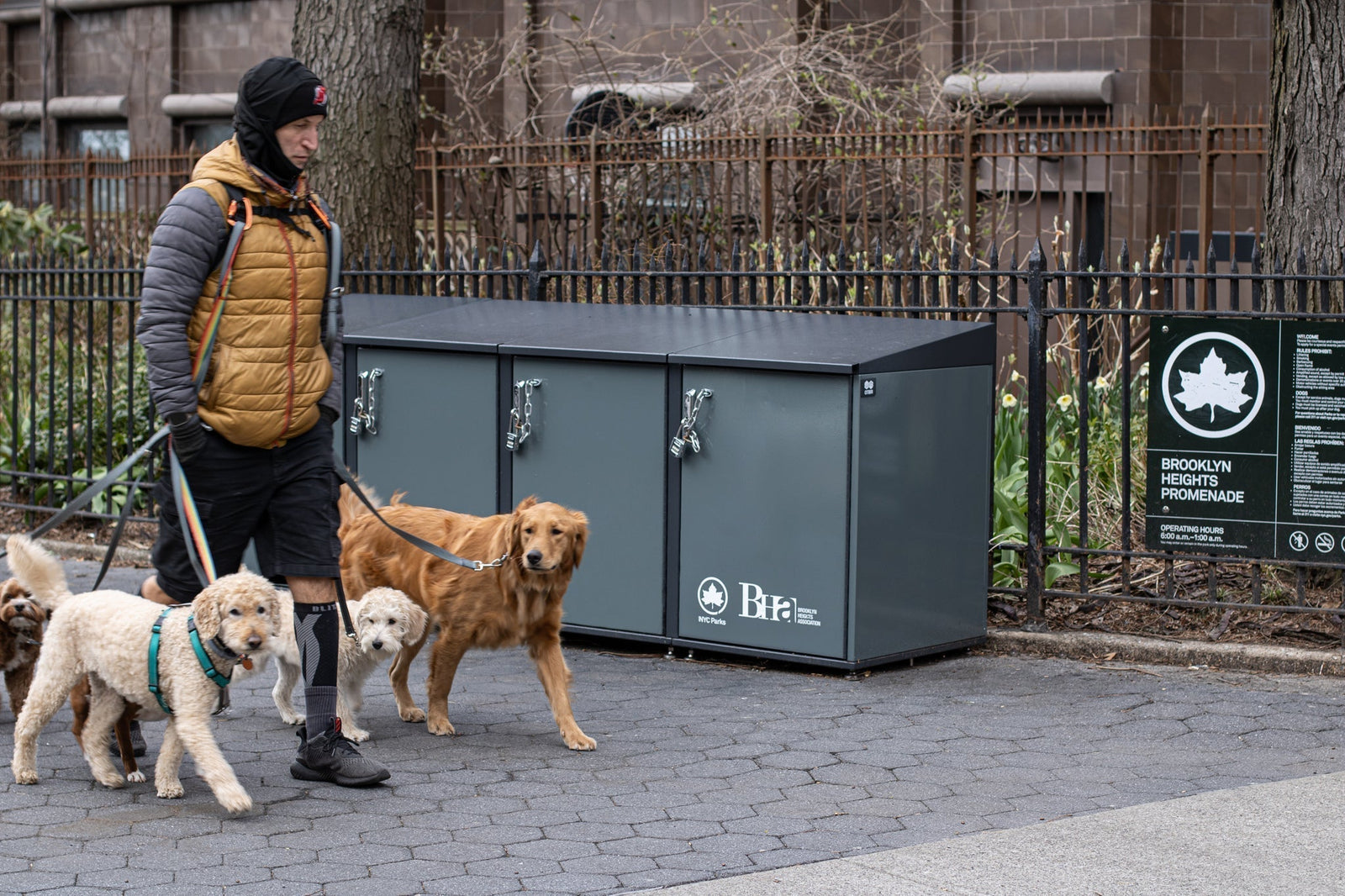10-second recap:We’ve been discussing the importance of separating waste streams. One issue that keeps coming up is the almost endless stream of single-use plastics that clog landfills and the ocean. As tempted as you are to buy a single-use item, it’s time to reconsider. And if you still use plastic multiple times daily, it’s critical to recycle.

According to ocean advocacy group Oceana USA, “An estimated 33 billion pounds of plastic enter the ocean every year — that’s roughly equivalent to dumping two garbage trucks full of plastic into the oceans every minute.” It isn’t just the trash we should be worried about. On their website, NRDC (the Natural Resources Defense Council) says, “Plastic pollution has been linked to everything from cancer in humans to death in wildlife.”
The NRDC website defines single-use plastics as goods made primarily from fossil fuel-based chemicals (petrochemicals) and meant to be disposed of right after use—often in mere minutes. Single-use plastics, such as bags, bottles, wrappers, and straws, are most commonly used for packaging and service ware.
Many advocacy groups cite items like these as symptomatic of our throwaway culture, which prioritizes convenience over durability. Because we love new things and new things come packaged in plastic, even more waste is created.
According to the OECD (Organisation for Economic Co-operation and Development), the world produced more than 460 million metric tons of plastic in 2019 alone, which is double the amount produced in 2000.

It’s one thing to pay lip service to the idea of reducing our consumer cravings, and quite another to commit to it on a daily basis.
Related: Earth Day is every day at CITIBIN
The EPA website has loads of free information on using less and recycling more.
And that’s the part where we come in. If you recycle responsibly and efficiently, you’re ensuring that the products that no longer work for you can be properly recycled into something else entirely.
CITIBIN creates customized trash & recycling bundles that help you to sort through your garbage to ensure recyclables are properly disposed of. We even make really cute signs so you can ensure that everyone knows what belongs where. We recently created beautifully wrapped composting bins for the city of Boston to encourage proper disposal and reuse of food waste.

Just to be clear, we’d never presume to tell you to stop buying cute new things. We just think to protect the earth and oceans, we should all start thinking before spending.
Some companies commit more fully to the idea of reuse than others.
We recently caught up with Lucas Alberg, brand communications and public relations for Hydro Flask, the company that makes some of our favorite sturdy and reusable water bottles and food containers. Alberg offered some food for thought about the trend of drinkware trending. To paraphrase him, if a company offers one reusable item in 97 different shades, it’s no longer sustainable. At that point, seeing just how many tumblers you can buy becomes a competition, defeating the purpose of choosing reusable goods.
Whether you’re in the market for cooler cups or recycling bins, consider durability rather than trendiness.

If you’re ready to create a trash and recycling area for your trash but don’t know where to start, we’d like to help. We created a robust buyer’s guide that covers everything from measuring your space to choosing the look or locks that work with it. You can create a customized bundle with recycling space or even a planter. If you’re ready to order a customized CITIBIN solution, call us at 347.549.4121 or email us at info@citibin.com to chat about creating your own customized trash bin setup.


